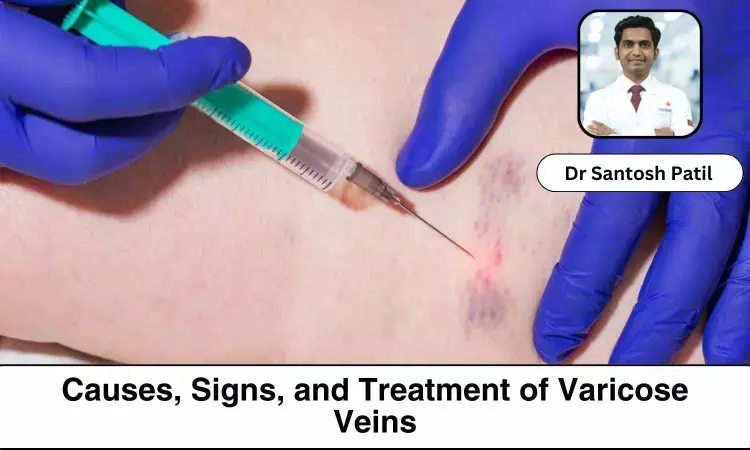- Home
- Medical news & Guidelines
- Anesthesiology
- Cardiology and CTVS
- Critical Care
- Dentistry
- Dermatology
- Diabetes and Endocrinology
- ENT
- Gastroenterology
- Medicine
- Nephrology
- Neurology
- Obstretics-Gynaecology
- Oncology
- Ophthalmology
- Orthopaedics
- Pediatrics-Neonatology
- Psychiatry
- Pulmonology
- Radiology
- Surgery
- Urology
- Laboratory Medicine
- Diet
- Nursing
- Paramedical
- Physiotherapy
- Health news
- Fact Check
- Bone Health Fact Check
- Brain Health Fact Check
- Cancer Related Fact Check
- Child Care Fact Check
- Dental and oral health fact check
- Diabetes and metabolic health fact check
- Diet and Nutrition Fact Check
- Eye and ENT Care Fact Check
- Fitness fact check
- Gut health fact check
- Heart health fact check
- Kidney health fact check
- Medical education fact check
- Men's health fact check
- Respiratory fact check
- Skin and hair care fact check
- Vaccine and Immunization fact check
- Women's health fact check
- AYUSH
- State News
- Andaman and Nicobar Islands
- Andhra Pradesh
- Arunachal Pradesh
- Assam
- Bihar
- Chandigarh
- Chattisgarh
- Dadra and Nagar Haveli
- Daman and Diu
- Delhi
- Goa
- Gujarat
- Haryana
- Himachal Pradesh
- Jammu & Kashmir
- Jharkhand
- Karnataka
- Kerala
- Ladakh
- Lakshadweep
- Madhya Pradesh
- Maharashtra
- Manipur
- Meghalaya
- Mizoram
- Nagaland
- Odisha
- Puducherry
- Punjab
- Rajasthan
- Sikkim
- Tamil Nadu
- Telangana
- Tripura
- Uttar Pradesh
- Uttrakhand
- West Bengal
- Medical Education
- Industry
Understanding Varicose Veins: Signs, Causes, and Treatment - Dr Santosh Patil

Veins can develop, expand, and overflow with blood when a person has varicose veins, also known as varicose or varicosities. They are usually greenish or bluish-purple in colour, look bloated and elevated, and could cause pain.
Varicose veins are a common disease that affects millions of people worldwide. These larger, protruding veins, typically located in the legs and feet, can cause problems that go beyond aesthetics.
Signs and symptoms
Varicose veins are usually identified by visible, expanding, twisting veins that can be blue or purple in colour. Apart from their appearance, people with varicose veins can feel sensations like aching, throbbing, or heaviness in their legs, particularly after long periods of standing or sitting. These can further progress to cause skin darkening, eczema, and skin ulcerations.
Causes of Varicose Veins
Several factors contribute to the development of varicose veins, such as:
1. Genetics and family history play an important role, as a tendency to weaken vein valves is passed down through generations.
2. Obesity, lack of physical activity, and extended sitting or standing all raise the chance of developing varicose veins.
3. Hormonal changes during pregnancy or menopause can weaken vein walls, leading to the development of varicose veins.
4. Pregnancy, menopause, age over 50, and standing for long periods of time can cause varicose veins.
Risk Factors
Senior citizens and women are more likely to get varicose veins. Occupations that involve prolonged standing or sitting may potentially raise the risk of getting varicose veins.
Diagnosis
Varicose veins are normally diagnosed by a doctor's physical examination. In some circumstances, imaging tests like colour Doppler ultrasonography may be used to check the severity of the disease and any underlying issues.
Prevention
While not all cases of varicose veins can be avoided, certain lifestyle changes can help lower the risk, such as:
1. Regular exercise
2. A healthy weight and exercise are needed for better circulation.
3. Avoiding prolonged sitting or standing can help improve vein health.
4. Use compression socks or stockings.
Treatment Options
The severity of varicose veins affects the appropriate treatment. Compression stockings are frequently advised to help with circulation and reduce symptoms. Options such as:
1. Sclerotherapy
2. Endovenous laser therapy (EVLT)
3. Glue embolization (Venaseal)
4. Surgical treatments to remove or close problematic veins are among the additional treatment possibilities.
Living with varicose veins can be difficult, both physically and emotionally. People can control symptoms while maintaining a high quality of life through meditation, yoga, exercise, and implementing lifestyle changes. If varicose vein problems persist or worsen over time, then you should see a doctor. Early medical attention can assist in avoiding problems while improving overall vein health.
Disclaimer: The views expressed in this article are of the author and not of Medical Dialogues. The Editorial/Content team of Medical Dialogues has not contributed to the writing/editing/packaging of this article.
Dr Santosh Patil MBBS, DMRD, DNB, FNVIR (Post-Doctoral Fellowship In Neuro And Vascular Interventional Radiology) is a Consultant in Neuro And Vascular Interventional Radiology at Manipal Hospital, Pune, with 11 Years of experience. Dr Santosh has a special interest in Neurovascular interventions, including acute stroke treatment, carotid stenting, intracranial aneurysm treatment, intracranial AVM treatment, and dural AFV treatment.


